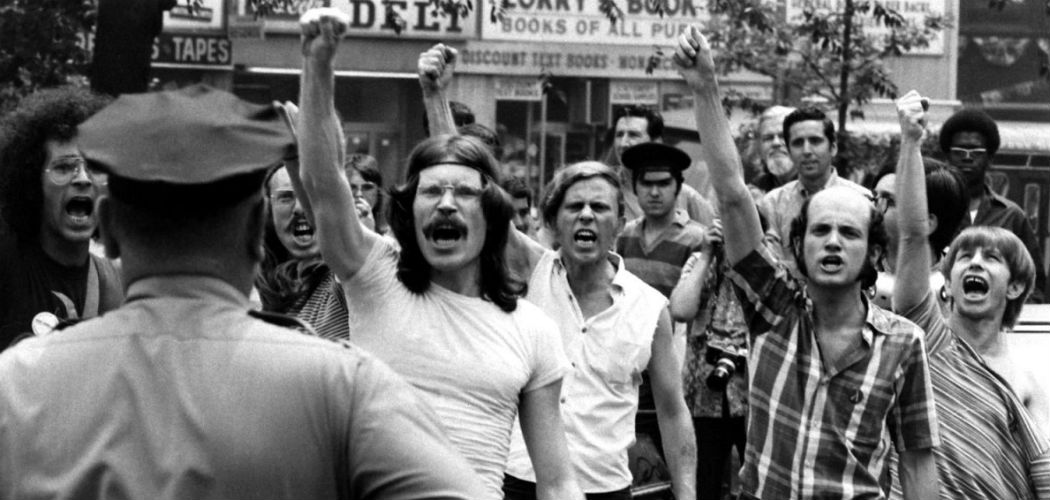The Color Purple Contents
Sexuality
The Sexual Revolution
The women's movement and changes in the understanding of female sexuality also played a central role in the sexual revolution that emerged in America in the 1960s and 1970s. Especially important in this regard was the gay and lesbian movement.
Even before the appearance of Betty Friedan's The Feminine Mystique (1963), women had begun to consider their sexual independence. Sex and the Single Girl (1962) by Helen Gurley Brown addressed the sexual double standard that required women to remain virgins before marriage, whilst permitting men to engage in sexual activity.
The American counterculture
Throughout the 1960s and beyond, there developed a counterculture in opposition to the dominant ideology.
Sex, drugs, rock ‘n roll and the pill
The cultural atmosphere of 1960s America underwent a profound change with the rise of rock music, the increased use of marijuana, LSD and other drugs, widespread public displays of nudity and a new openness about sexuality.
Marriage in crisis
A rapidly changing social environment presented more and more sexual opportunities. The institution of marriage was in crisis and by 1960 divorce was becoming much more widespread.
The availability of an easy and efficient method of birth control with the Pill meant that sex could be enjoyed for pleasure rather than to produce a family within a traditional, monogamous marriage.
While it had always been regarded as being acceptable for men to have sexual relationships either before or during marriage, women had been stigmatised for doing so. Increasing sexual freedom allowed both men and women to explore new ways of relating to one another with open marriages, mate swapping, swinging and communal sex.
The homosexual civil rights movement
The American homosexual culture of the 1950s and early 1960s was not political. Individual homosexuality was kept secret and usually expressed in a symbolic or heavily coded way.
By the late 1960s, inspired, in part, by the African-American civil rights struggles, there were signs of change in the gay community. The Stonewall Riots of 1969 marked the beginning of the gay liberation movement and the modern fight for LGBT rights in the United States.
The Stonewall riots
 In June 1969, police raided The Stonewall Inn, a gay bar in Greenwich Village, New York. The raid sparked a series of violent and spontaneous demonstrations by members of the New York gay community.
In June 1969, police raided The Stonewall Inn, a gay bar in Greenwich Village, New York. The raid sparked a series of violent and spontaneous demonstrations by members of the New York gay community.
Within six months, two activist organisations had been formed in New York and three newspapers were established to promote homosexual rights. Similar organisations were founded across the United States and the first Gay Pride marches took place in New York, Los Angeles, San Francisco and Chicago on the anniversary of the Stonewall riots.
Conclusion
The women's movement, the counterculture, the development of new lifestyles, lesbian and gay liberation, a greater acceptance of pleasure, and all kinds of improvements in the quality of life overlap within the sexual revolution. Many cultural and political changes are still evolving, but sexual and gender roles have undergone a significant change since the end of the Second World War.
Recently Viewed
Scan and go

Scan on your mobile for direct link.